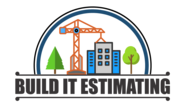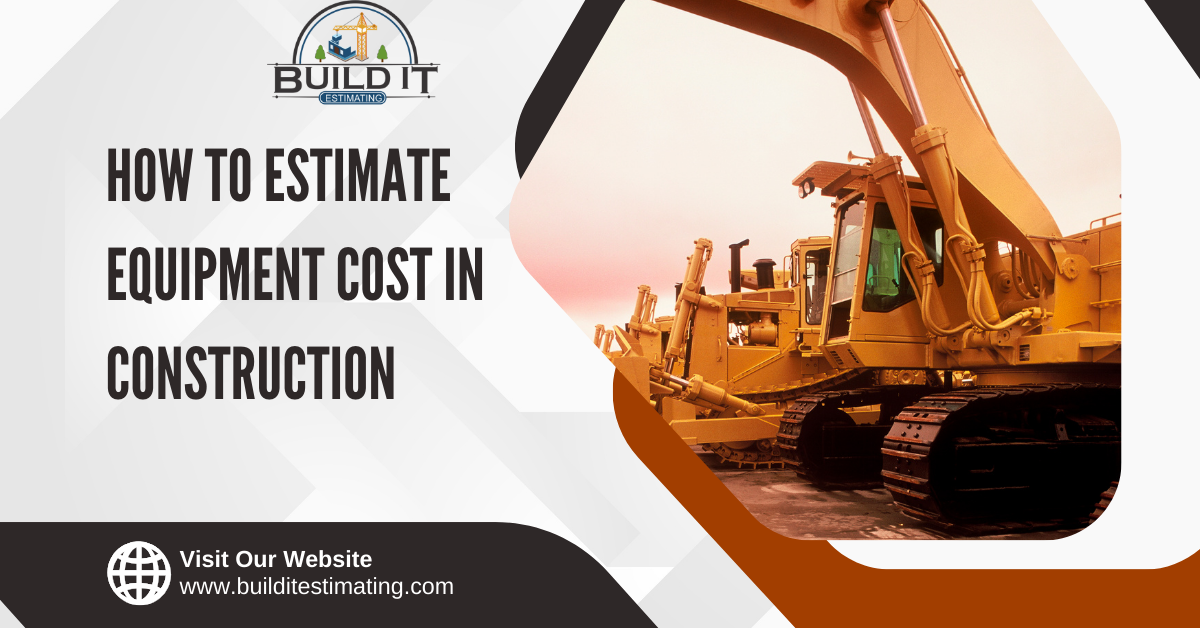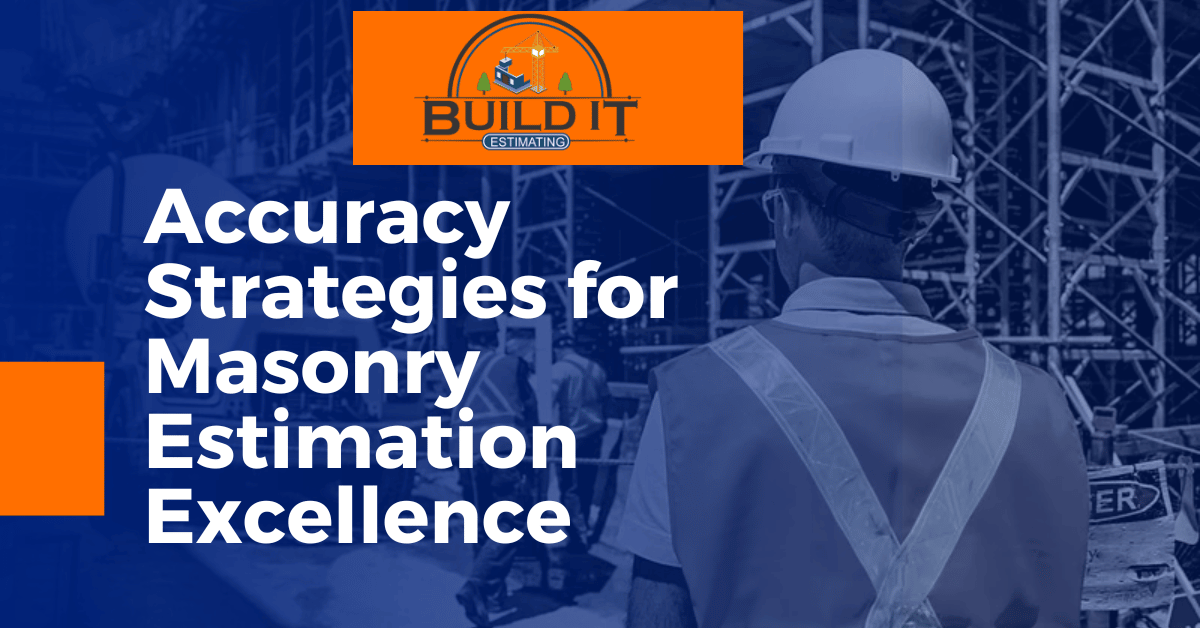Deciphering the Art of Estimating Equipment Costs in Construction
Embarking on a construction project entails meticulous planning and accurate cost estimation, and a significant component of this process is estimating equipment costs. The effective management of equipment expenses is pivotal in ensuring the financial viability and success of construction endeavors. In this guide, we will delve into the intricacies of estimating equipment costs in construction, offering practical insights and strategies for mastering this crucial aspect. Effective construction projects demand meticulous planning and accurate cost estimation, particularly in assessing equipment costs. This guide provides practical insights and strategies to master this vital aspect, ensuring the financial success of endeavors.
Understanding the Significance of Equipment Cost Estimation
1. The Role of Equipment in Construction Projects
Before delving into construction estimator techniques, it’s essential to recognize the pivotal role that equipment plays in construction projects. From excavators and cranes to bulldozers and concrete mixers, each piece of equipment contributes to project efficiency and overall success.
2. Impact on Project Budget and Timelines
Equipment costs have a direct impact on project budgets and timelines. Inaccurate estimations can lead to budget overruns, delays, and compromised project quality. Therefore, a thorough understanding of how to estimate equipment costs is paramount.
Factors Influencing Equipment Costs
1. Equipment Types and Specifications
Different construction projects require different types of equipment. Learn to assess the specific equipment needs for your project based on its scope, size, and requirements. Understand the nuances of equipment specifications that can influence costs.
2. Rental vs. Ownership Costs
The decision to rent or own equipment significantly affects costs. Evaluate the pros and cons of each option, considering factors such as project duration, frequency of use, and long-term investment goals.
3. Maintenance and Operating Costs
Beyond the initial acquisition or rental expenses, ongoing maintenance and operating costs are critical considerations. Explore how to factor in routine maintenance, repairs, fuel, and other operational expenses into your cost estimates.
Methods for Estimating Equipment Costs
1. Historical Cost Data Analysis
Examining historical cost data from similar projects provides a valuable benchmark for estimating equipment costs. Identify comparable projects and analyze their equipment expenses to derive insights for your own estimations.
2. Cost Per Unit of Production
This method involves estimating the cost per unit of production output. Calculate the cost associated with producing one unit of output, whether it’s cubic meters of excavation or linear feet of concrete poured. This approach offers a granular perspective on equipment expenses.
3. Hourly Rate Estimation
For projects where equipment usage is billed on an hourly basis, developing an hourly rate estimation is essential. Consider factors such as equipment depreciation, fuel consumption, labor costs, and overhead expenses to arrive at a comprehensive hourly rate.
Utilizing Technology for Precision
1. Construction Management Software
Leverage advanced construction management software to streamline equipment cost estimation. These platforms often integrate features for tracking equipment usage, maintenance schedules, and cost projections, enhancing accuracy and efficiency.
2. Telematics and IoT Devices
Explore the integration of telematics and Internet of Things (IoT) devices on construction equipment. These technologies provide real-time data on equipment usage, fuel consumption, and maintenance needs, facilitating more accurate cost estimations.
Common Challenges and Mitigation Strategies
1. Unforeseen Maintenance Issues
Equipment breakdowns and unforeseen maintenance issues can disrupt project timelines and inflate costs. Implement proactive maintenance schedules and factor in a contingency for unexpected repairs in your estimates.
2. Fluctuating Fuel Prices
Fluctuations in fuel prices can impact operating costs. Stay informed about current fuel prices and build flexibility into your estimates to account for potential cost variations.
Conclusion: Mastering Equipment Cost Estimation for Construction Success
In conclusion, mastering the art of estimating equipment costs in construction is a key element in the overall success of a project. Understanding the factors influencing equipment costs, employing reliable estimation methods, and embracing technological advancements are essential steps in achieving accuracy and efficiency. By navigating the complexities of equipment cost estimation with a strategic mindset, construction professionals can ensure projects stay within budget, adhere to timelines, and achieve optimal efficiency. May your future construction endeavors be characterized by well-calculated equipment costs and unparalleled project success.



